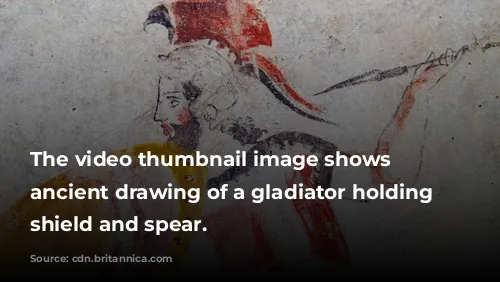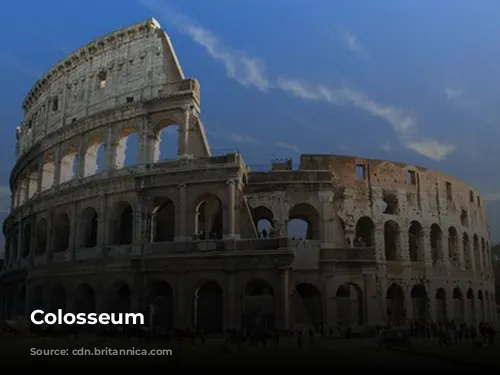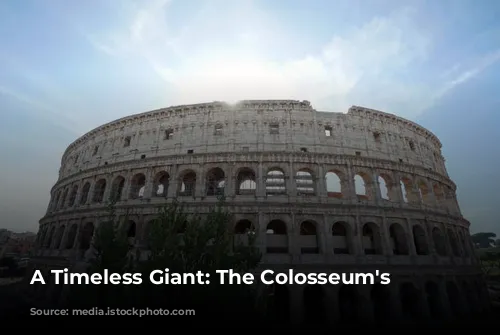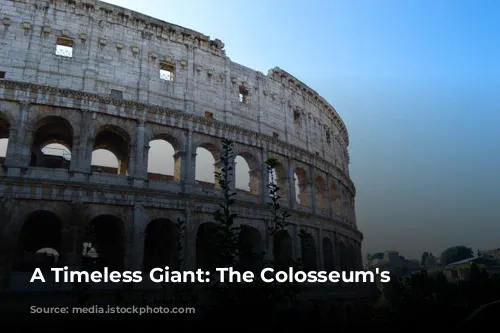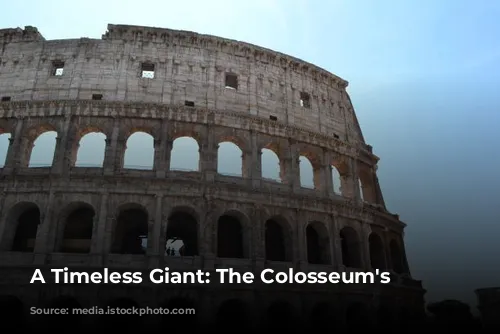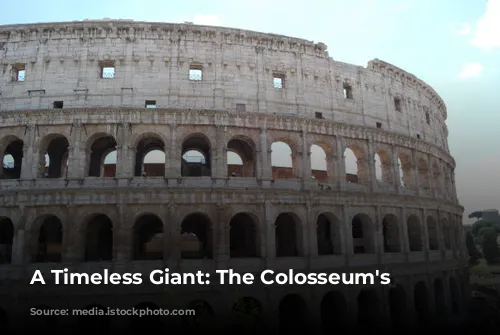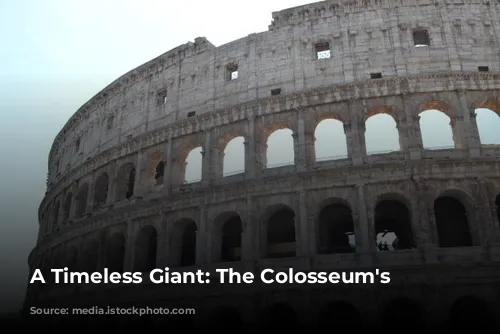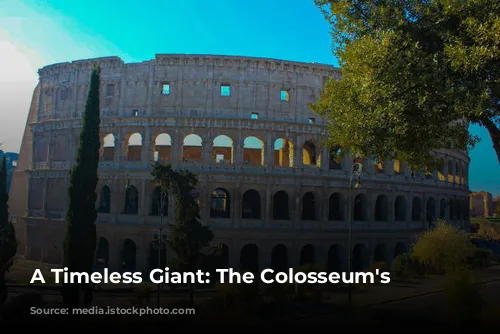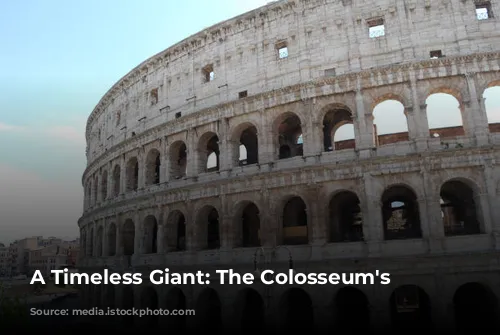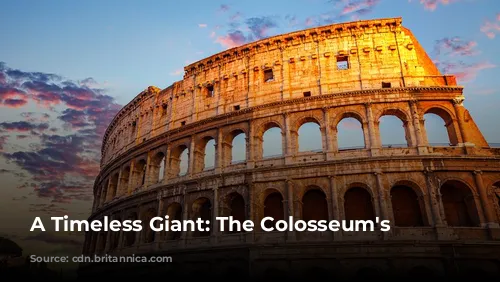The Colosseum, a remarkable relic of the Roman Empire, stands as a testament to the ingenuity and architectural prowess of ancient Rome. Not only is it a symbol of history, but also a significant source of income for the Italian government. In 2018, the Colosseum, together with the Roman Forum and Palatine Hill, attracted a record number of visitors, generating over $63.3 million (€53.8 million) in revenue, making it Italy’s top tourist attraction.
This iconic structure, however, has witnessed a tumultuous past. After the decline of the Western Roman Empire, the Colosseum fell into a state of disrepair. During the 12th century, the Frangipane and Annibaldi families used it as a fortress, repurposing its grandeur for their own purposes. In the late 15th century, Pope Alexander VI allowed the Colosseum to be plundered for building materials, further diminishing its once-magnificent presence. For over a thousand years, the Colosseum lay neglected, its glory fading into the mists of time. Only in the 1990s did state-funded restoration efforts breathe new life into this historical treasure.
From Entertainment to Ruins
The Colosseum was conceived as a symbol of Rome’s rebirth following the tumultuous “Year of the Four Emperors” in 69 CE. Emperor Vespasian, known for his pragmatic approach, envisioned the Colosseum as a grand entertainment venue, a place where gladiator fights, animal hunts, and even mock naval battles would captivate the Roman populace.
Construction of the Colosseum commenced under Vespasian between 70 and 72 CE. His son and successor, Titus, dedicated the completed structure in 80 CE, a momentous occasion celebrated with 100 days of games. The Colosseum’s fourth story was added by Emperor Domitian in 82 CE, completing its majestic form. Intriguingly, the funds for this magnificent structure were drawn from the spoils of war, specifically from Titus’s conquest of Jerusalem in 70 CE. The construction was carried out by Jewish slaves captured during that fateful campaign.
A Giant of Stone and Concrete
The Colosseum is an elliptical amphitheater constructed with stone, concrete, and tuff. Standing four stories high, it measures an impressive 620 by 513 feet (189 by 156 meters) and could accommodate a crowd of up to 50,000 spectators. Known for its use in gladiatorial combat, the Colosseum was built on the grounds of Nero’s Golden House, replacing the tyrannical emperor’s private lake with a public spectacle that would captivate the Roman masses.
The Colosseum’s design stands out from earlier amphitheaters, most of which were built into hillsides for structural support. This grand structure is entirely freestanding, relying on a complex system of barrel vaults and groin vaults. Three of the arena’s stories are adorned with arcades, framed by engaged columns in the Doric, Ionic, and Corinthian orders. This rising arrangement of columns, known as the “assemblage of orders,” would later become a fundamental principle of Renaissance architecture. The Colosseum’s construction materials are as diverse as its design. Travertine was used for the main structure and facade, while volcanic tufa forms the secondary walls. Concrete, the cornerstone of Roman engineering, comprises the inner bowl and arcade vaults.
A Witness to History
The Colosseum, designed to shield its spectators from the sun, featured a massive retractable awning called a velarium. Supporting masts extended from corbels built into the Colosseum’s topmost story, requiring hundreds of Roman sailors to manipulate the rigging that controlled the awning. The arena hosted a staggering number of events, including gladiatorial combats, animal hunts, and even mock naval battles. The Colosseum’s role in the martyrdom of early Christians remains a subject of debate, but its historical significance is undeniable.
The Colosseum’s story takes a dramatic turn during the Middle Ages, where it was used as a church before being repurposed as a fortress by prominent Roman families. Over time, the Colosseum fell victim to lightning strikes, earthquakes, vandalism, and pollution. The once-gleaming marble seats and decorative materials disappeared as the site was treated as little more than a quarry for over a thousand years.
In the 19th century, efforts to preserve the Colosseum began in earnest, notably under the leadership of Pope Pius VIII. The 1990s saw a major restoration project, breathing new life into this ancient monument. Today, the Colosseum remains one of Rome’s most beloved tourist attractions, drawing close to seven million visitors annually. Regularly changing exhibitions delve into the fascinating world of ancient Roman culture, offering visitors a glimpse into the lives and times of those who once filled the Colosseum’s vast arena.
The Colosseum, a beacon of Roman history and architectural genius, continues to captivate the world with its enduring presence. A testament to the ingenuity and grandeur of the Roman Empire, the Colosseum stands as a timeless reminder of a bygone era, captivating visitors from across the globe with its enduring presence.
